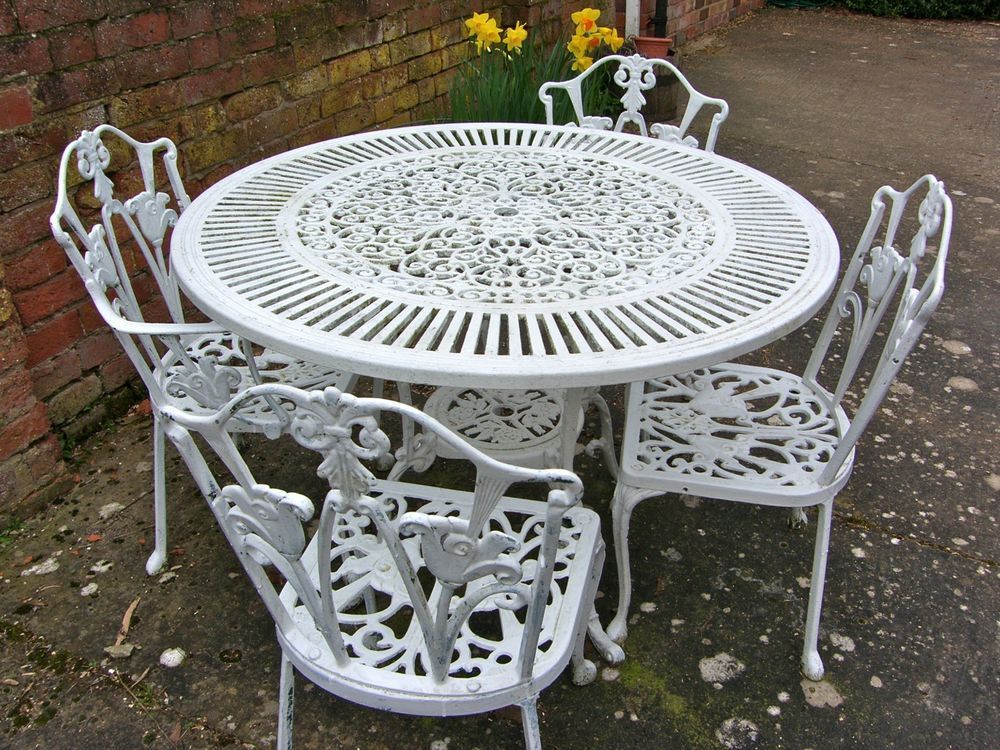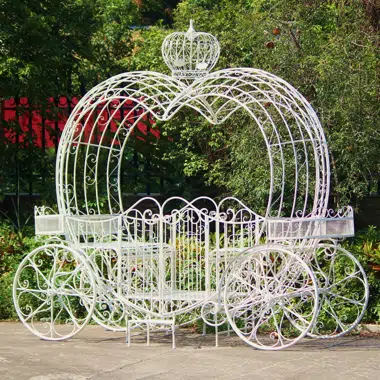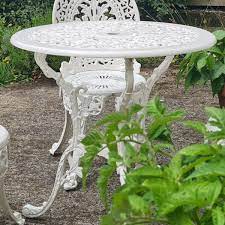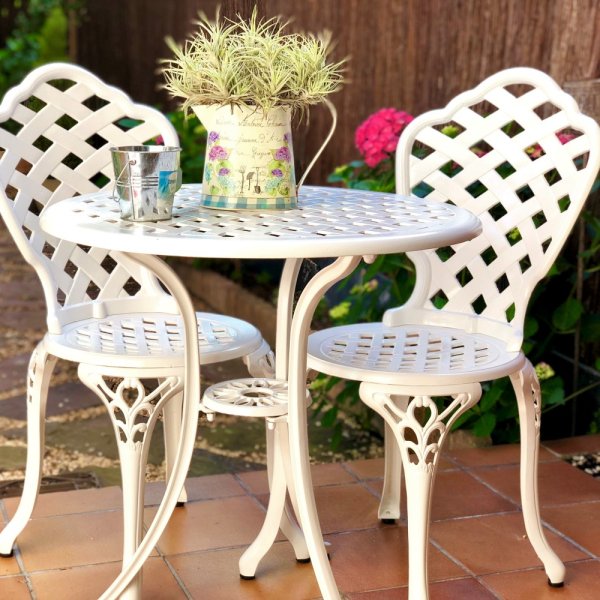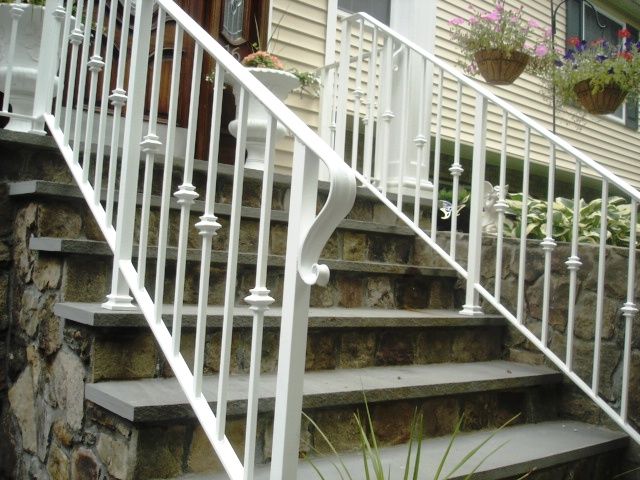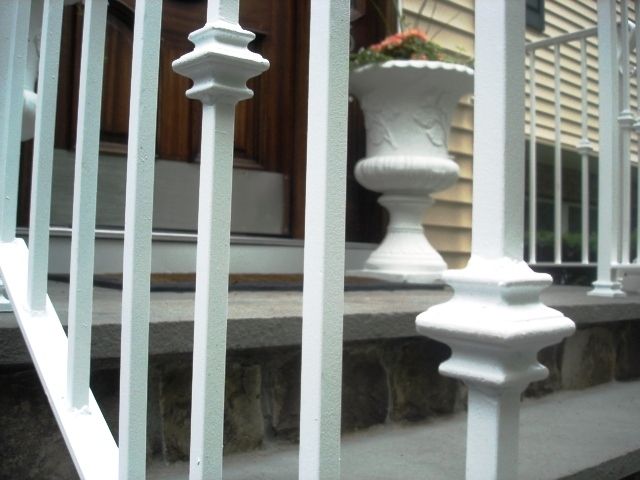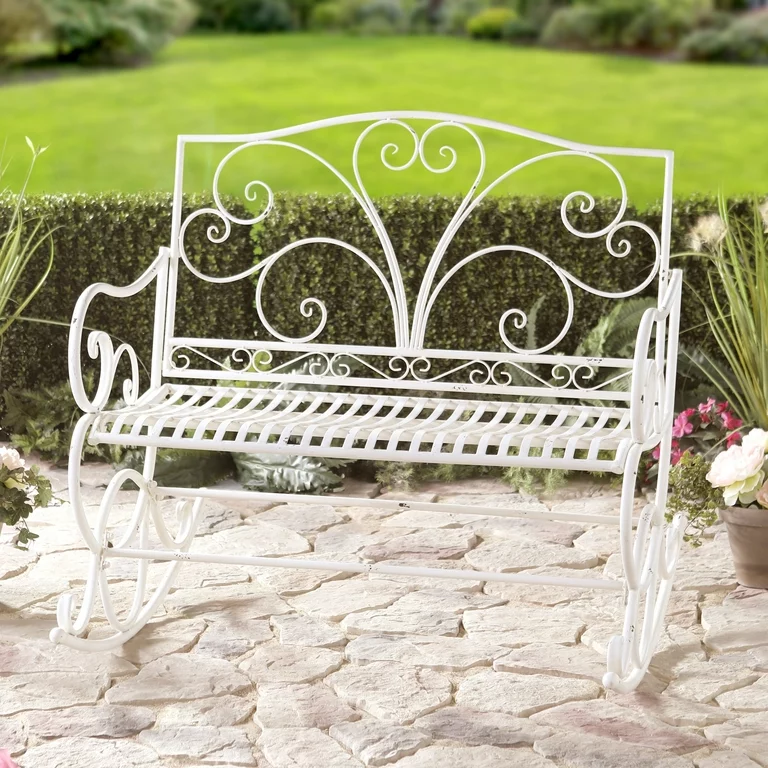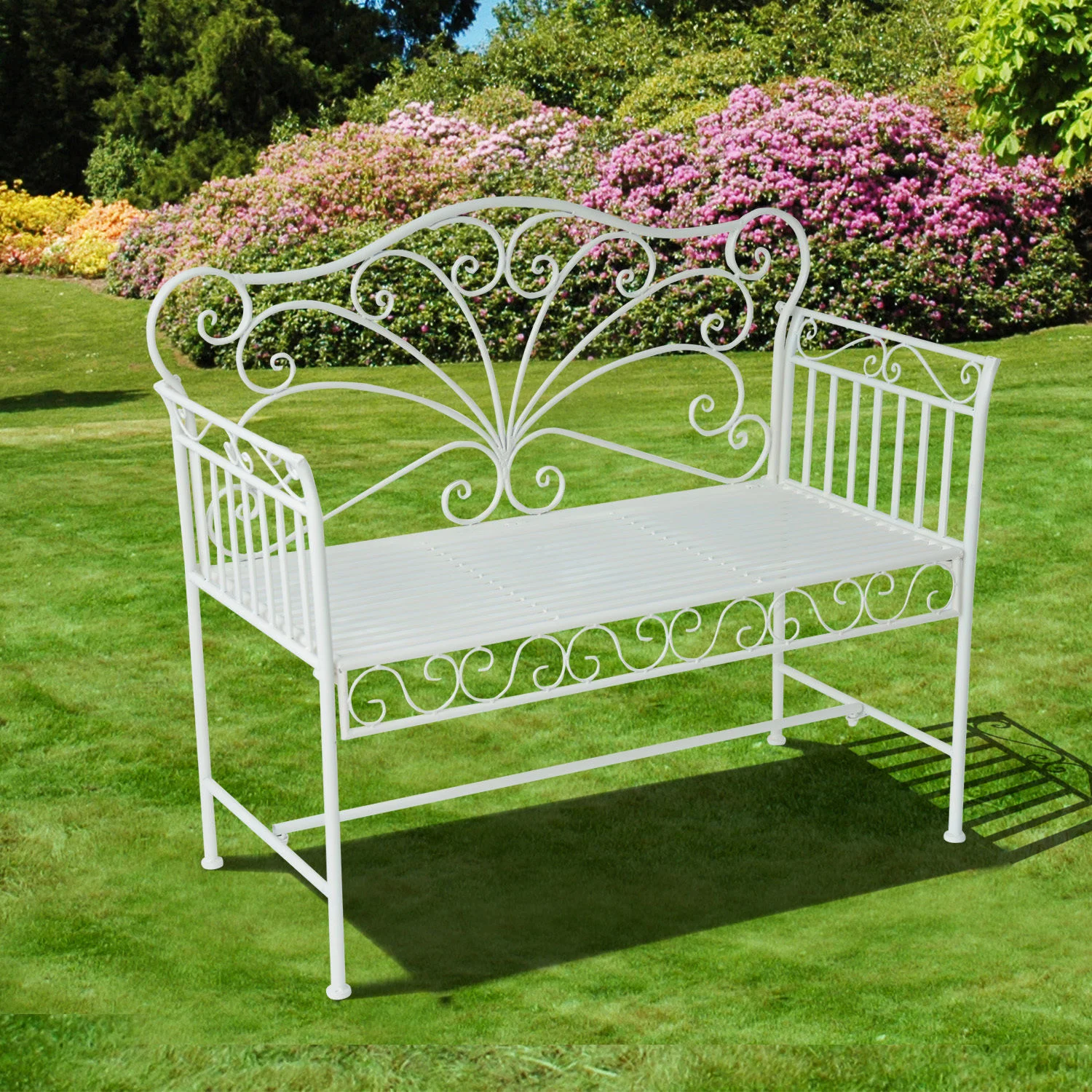About White Wrought Iron
White wrought iron, a staple in construction since ancient times, saw structural use during the Middle Ages for tying masonry arches. Its ornamental application, often crafted by blacksmiths, dates back to the 13th century, displaying the essence of 'White Wrought Ironwork.' The English style of this art flourished in the late 17th century.
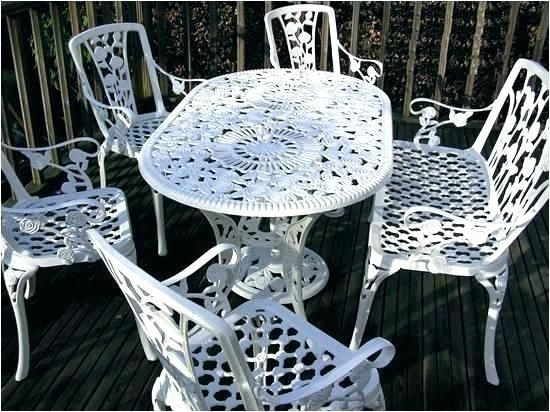
- White wrought iron has a history dating to early civilizations, notably used in the Middle Ages to reinforce arches and domes.
- Blacksmiths frequently applied white wrought iron in ornate gates and railings, showcasing their artistic skills.
- Wrought iron railings from the 13th century embody the essence of white wrought iron, albeit with less modern refinement.
- The English style of white ironwork blossomed at the close of the 17th century, known for its distinctive characteristics.
- Beyond its ornamental use, white wrought iron demonstrated structural strength and durability.
- White wrought iron stands as a testament to both functional and artistic contributions to architectural heritage.
